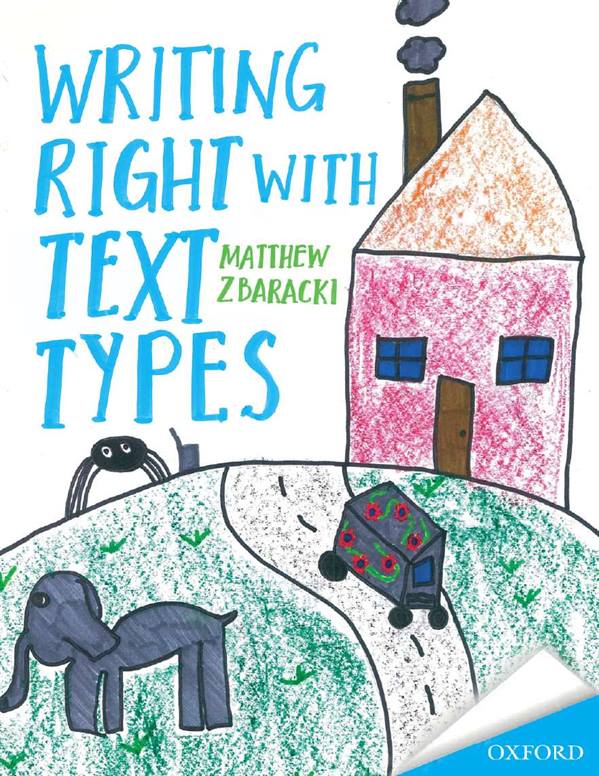Writing Right with Text Types eBook

Writing Right with Text Types eBook
|
ISBN: |
9780195597004 |
|
Binding: |
Ebook |
|
Published: |
20 Oct 2015 |
|
Availability: |
Available
|
|
Series: |
$79.95 AUD
$91.99 NZD
Add To Cart Add To CartOther options: Paperback $86.95 AUD $99.99 NZD
Request an inspection copyDescription
Create a writing classroom that is creative, innovative and imaginative
Writing Right with Text Types helps current and future teachers inspire young writers in exciting and engaging ways. Chapters 1 to 4 explore the critical components of language and writing, including grammar, setting up your classroom for writing, modelling writing to your students, and assessment. Chapters 5 to 13 discuss the common genres taught in primary school and the text types found within these genres. In these chapters, theory is brought to life through numerous teaching ideas and case studies. The final chapter explores recent developments in classrooms and children’s literature; it encourages reflection on how we teach writing to children and how we might do so in the future.
Key Features
- Includes actual examples of children’s writing from a variety of primary grade levels. These writing samples help show what children are capable of as writers and to not only explore what they do well, but to discover ways that they could improve and develop their writing further.
- Introduces a plethora of titles from children’s literature and these titles can be used as models of text types and genres. These include examples of multilevel and multimodal texts, graphic novels, comics, and picture books etc to showcase how these different types of texts can be used to extend and cross over between genres and text types.
- Features websites and current apps throughout, in particular in the ‘In the classroom’ boxes. These provide further resources that might spark an interest for your young writers. These technology resources and the children’s literature titles are listed at the end of each chapter, for quick reference.
- Encourages reader to reflect on their learning with ‘Stop and think’ questions and then practice by developing their own lessons with the ‘Now it’s your turn’ feature.
Contents
1: Introduction
2: Grammar
3: Getting Ready
4: Assessment
5: Humour
6: Narratives
7: Recounts
8: Persuasive
9: Information Reports
10: Procedural Texts
11: Explanation
12: Transactional
13: Poetry
14: Conclusion: The Multimodal Future
Authors
Matthew Zbaracki – Senior Lecturer, School of Education, Australian Catholic University (Melbourne)